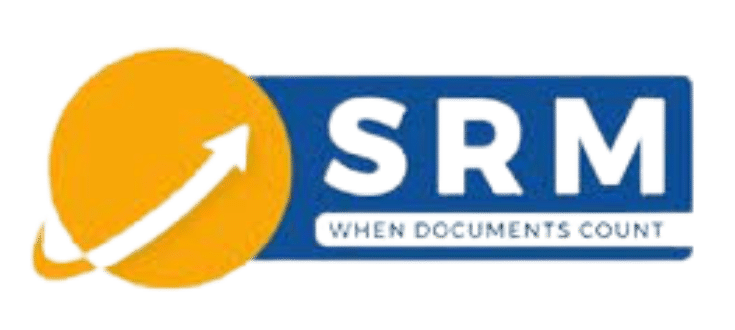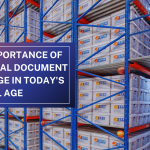“Let’s Organize What has been Cluttered For Ages”
According to a jaw-dropping report published by one of the world’s largest security firm G4S, “Offline espionage and sabotage are costing businesses almost $ 1.1 trillion every year which is way ahead from the $4 billion that the companies are losing because of online hackers.”
And the solution to this is-Simply Adopt a Clean desk policy & organize your physical records. It will not only help you to keep your records out of the reach of mischievous eyes but would also assist you to revive your office space and to reduce your document management cost.
However, managing hundreds of pages or files is one thing. But when you have millions of paper records, files and documents, it becomes quite a complex mechanism. In fact, physical record management is not a piece of cake. It is a lengthy and complex managerial task which can often make you confused. Following are few important tips which will guide you to store and preserve your physical documents in a much more safe and convenient way.

How to Organize Jumbled Records :
In order to optimize a vast number of physical records, you have to invest energy in many fronts. They are listed as follows:
Reexamine Your Physical Records:
Scrutinize your entire stockpile of records and documents, find out the unnecessary paper works, bills and invoices and then finally destroy them permanently. This would surely reduce half of your burden.
Functional Record Classification :
Document management professional from all across the world talks a lot about the functional classification of records and documents and that too for a good reason.
Functional classification allows you to classify your records into several categories, especially based on the activities, purpose they serve. This in return, would help you relocate and retrieve your files in an easy and effortless manner.
For example-Financial records, Legal records, clients base, operational records etc.
Systematic Filing, labeling & Indexing:
Filling, labeling and indexing are the most important part of physical record management. A systematically organized file classification system ensures instant and accurate retrieval of documents which increases your organizational efficiency and productivity. Use these following tips while creating a smart file management system.
- Paper files needs to labelled and organized in a proper manner.
- Don’t forget to register each & every file within your filling system.
- If necessary, then divide your files in several other subcategories.
- Allocate a suitable number systems for fast identification & retrieval.
- Numeric, alphanumeric & alphabetic file coding should be introduced.
- Heading, sub-heading & color coding methods for prompt retrieval.
- RFID based Barcode identification for faster and smoother indexing.
Besides these, following information should always be mentioned on the top of the file cover:
- Introduce an unique reference code for each and every new file.
- Relevant & meaningful names should be given to every single file.
- Also mention the year, month, opening and closing date of the file.
- Give a reference with subject & department name with a disposal date.
Boxing and Packaging:
As physical records are vulnerable to dust, dirt, fire and moisture, you must keep them within plastic coated and moisture resistant reusable boxes. In order to prevent pests attacks, you can use standard pest control chemicals. In case you have a good budget, then go for wooden shelves and cases.
Prevent Offline Espionage and Sabotage :
Store your physical records and documents in a separate space and do not allow any random employee to access your records and documents. This will mitigate the possible chances for Offline Espionage and Sabotage.




